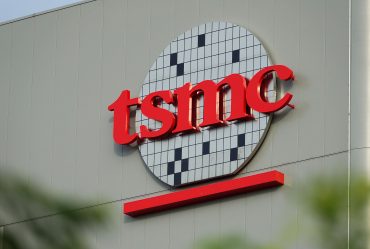

India Ships Record 11.5M iPhones to US Market as Apple Diversifies Manufacturing Beyond China
Key Facts
- India has surpassed China as the top iPhone exporter to the US, shipping 11.5 million units compared to China’s 13.2 million between January-April 2025
- Apple’s market share in China dropped to 14.1%, placing it fifth behind local competitors
- Experts estimate US-manufactured iPhones could cost up to $3,500 due to higher production costs
Introduction
Apple’s deeply entrenched manufacturing presence in China faces unprecedented challenges as geopolitical tensions and market dynamics force the tech giant to reconsider its supply chain strategy. The company’s gradual shift toward Indian manufacturing marks a historic turning point in global tech production, though complete disengagement from China remains complex and costly.
Key Developments
India’s emergence as a major iPhone manufacturing hub represents Apple’s most significant supply chain shift in decades. The transition, accelerated during the COVID-19 pandemic, has resulted in India becoming a primary export center for iPhones to the US market.
Chinese manufacturing still maintains considerable advantages in scale and efficiency. According to Bloomberg, the intricate relationship between Apple and China exemplifies the deep interconnection of American and Chinese economies.
Market Impact
Recent data reveals significant challenges in the Chinese market, with iPhone monthly shipments dropping by half. Apple’s position has declined to fifth place behind local competitors Huawei, Vivo, Xiaomi, and Oppo, while revenue from Greater China decreased 2% in the fiscal period ending March 2025.
The company’s manufacturing diversification strategy shows promising results, though analysts project India’s production capacity won’t fully meet US demand until 2026. This transition period presents both opportunities and risks for Apple’s global market position.
Strategic Insights
Apple’s manufacturing strategy reflects a delicate balance between risk management and operational efficiency. The company faces pressure from multiple directions, including Trump’s advocacy for US manufacturing and threats of 25% tariffs on non-US produced iPhones.
Expert Opinions and Data
Financial Times reporter Patrick McGee, author of “Apple In China: The Capture of the World’s Greatest Company,” emphasizes the complexity of Apple’s manufacturing ecosystem in China. He notes that “China would not be China without Apple,” highlighting the symbiotic relationship between the tech giant and Chinese manufacturing.
Economic analysts point to the significant cost implications of relocating production to the US, with estimates suggesting a potential price increase to $3,500 per iPhone. This economic reality underscores the challenges of reshoring manufacturing operations.
Conclusion
Apple’s manufacturing strategy reflects the broader challenges faced by global tech companies in navigating complex geopolitical landscapes. While India’s rising prominence as a manufacturing hub marks a significant shift, China’s established infrastructure and scale remain crucial to Apple’s production capabilities. The company’s careful balancing act between diversification and maintaining existing operations demonstrates the complexities of global supply chain management in today’s political climate.








